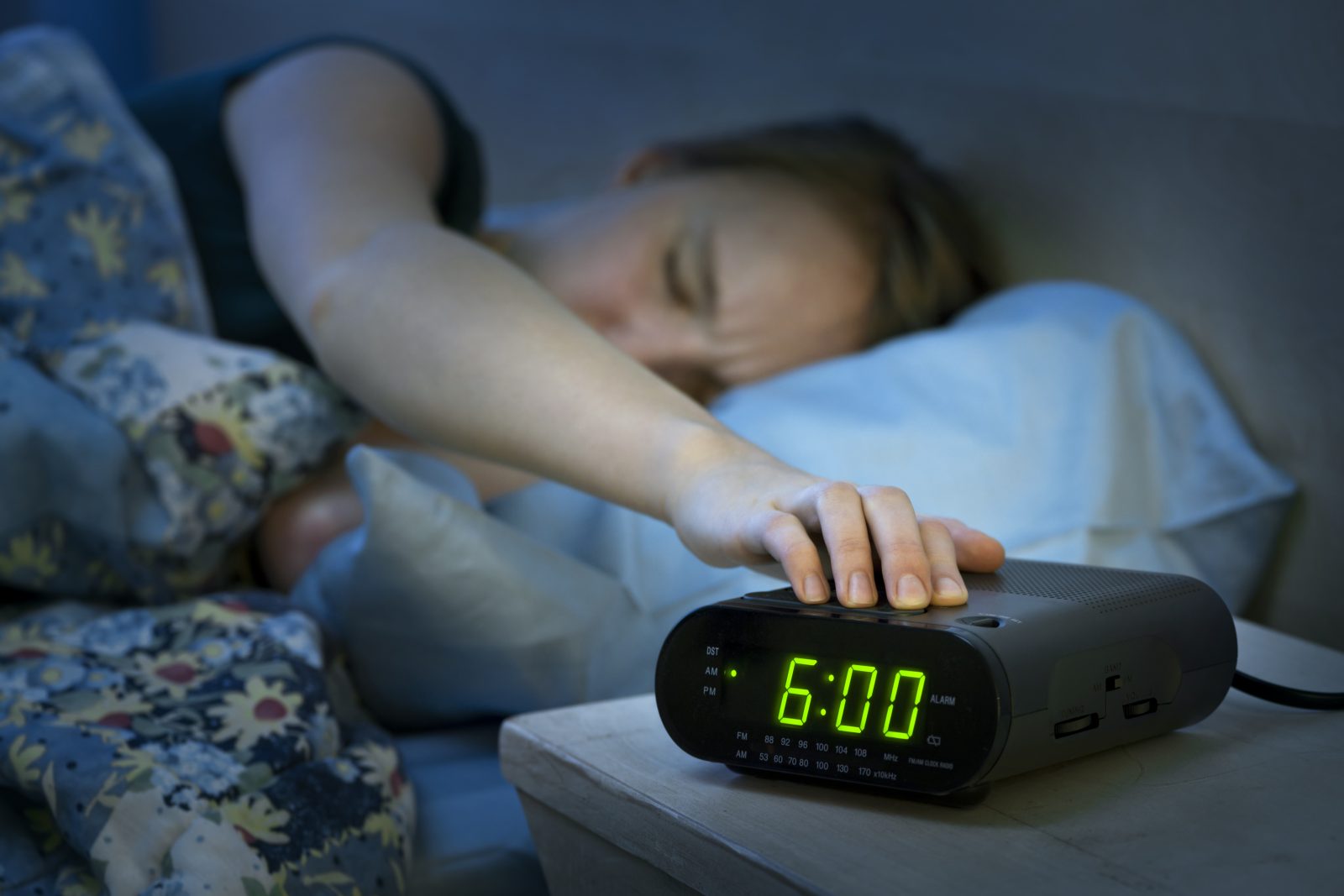Q. Dear Umbra,
Having just suffered through the circadian disruption of another Daylight Saving time shift, I turn to you for clarity: What is the justification for this outrage? Specifically, is there any real impact in terms of energy consumption in the context of our 24-7, mostly urban society?
Dale B.
Denver, Colo.
A. Dearest Dale,
If I may make a suggestion before we start: Please brew yourself a nice, strong cup of coffee and seat yourself next to a sunny window. There, isn’t that better? The combination of caffeine and hormone-stimulating sunlight should help you adjust to the biannual circadian rhythm-smashing ritual we call Daylight Saving Time, and I’d hate to have you go into this discussion drowsy. We are about to consider the meaning of time itself, after all.
All right then: You’re not the only one grumpy about falling back — there are even petitions afoot to end this tradition, which the U.S. first adopted in 1918. (I encourage you to read this short and fascinating history of DST.) But the government, here and in many places all over the world, persists with the practice of setting the clocks back one hour in fall and ahead one hour in spring. One of the primary arguments for keeping the clock-switch in place is that extending sunlight into the evening longer in spring will reduce the need to flick on the lights, therefore reducing electricity use. It’s a nice idea — if it actually works, Dale. And I’m afraid I must report that recent research is casting doubt on the whole scheme.
What gives? According to a 2008 study in Indiana, it’s not the lights we should be worrying about, but the energy costs of home heating and cooling. After we reset the clocks in the spring, waking up before the sun rises means cooler mornings that might kick our heaters into gear, and an extra hour in the hotter afternoon translates to using the AC longer each day. Researchers calculated that Daylight Saving increased electricity demand by 1 percent statewide, and up to 4 percent in the late summer and early fall, when the heating/cooling needs are greatest.
We’re not totally off the hook about our electric lights, either, say scientists at the University of Washington: Sure, we save some light in those spring evenings, but make up for that with darker, lamp-lit mornings (we’re still blearily getting ready for school and work at the same time, after all). Not only that, but there’s evidence that we start shifting our daily activities earlier because of the time change, spending more dark morning time doing energy-intensive chores.
And finally, the effects of monkeying with our clocks follow us out of our households: When it’s light longer, we actually drive more. There’s a lot of fun to be had out on summer nights, sure, but we don’t necessarily head out to our county fairs and picnics on public transit. Now that we’ve fallen back for the winter, I suppose there’s some comfort in knowing that many drivers will be eschewing social contact and holing up at home with Netflix until March.
In short, Dale, Daylight Saving may not be saving us much of anything, and evidence suggests it’s actually costing us. Until those anti-DST petitions to the government gain traction, though, the best we can do is reduce our own use of energy — no matter what the clock says. We bandy about energy-saving strategies here at Ask Umbra Headquarters all the time, from installing LED bulbs to buying efficient appliances to buttoning up our water heaters. Failing that, you might register your disapproval (or at least regain your circadian balance) by moving to one of the few areas that doesn’t recognize daylight savings, including most of Arizona, Hawaii, American Samoa, and Guam. That notion certainly has its appeal come November, doesn’t it?
Chronologically,
Umbra



